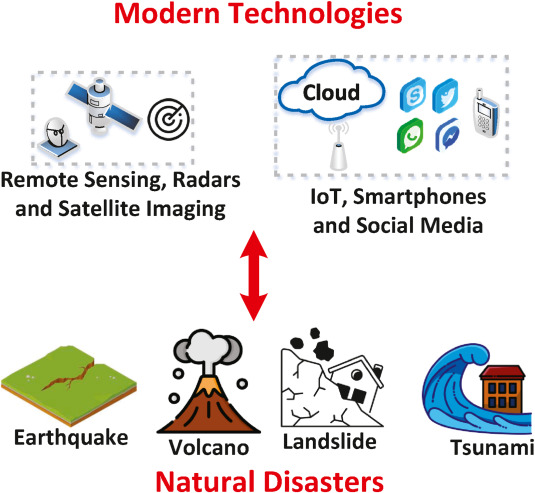What are the different subsystems involved in making a Satellite? and are the term satellite and rocket same, justify?
Satellite-based climate monitoring systems significantly contribute to managing and mitigating climate risks. *Advantages:* 1. Global coverage: Satellites provide comprehensive data on climate patterns. 2. High-resolution imagery: Detailed information on weather events, sea level rise, and land useRead more
Satellite-based climate monitoring systems significantly contribute to managing and mitigating climate risks.
*Advantages:*
1. Global coverage: Satellites provide comprehensive data on climate patterns.
2. High-resolution imagery: Detailed information on weather events, sea level rise, and land use changes.
3. Real-time monitoring: Timely data for early warning systems and emergency response.
4. Consistency: Standardized data collection ensures comparability over time.
5. Cost-effectiveness: Reduced costs compared to ground-based observation networks.
*Limitations:*
1. Data accuracy: Sensor calibration, atmospheric interference, and orbital degradation affect accuracy.
2. Spatial resolution: Limited resolution for local-scale climate phenomena.
3. Temporal resolution: Gaps in data due to orbital cycles and satellite lifespan.
4. Inter-satellite inconsistencies: Differences in sensor design and calibration.
5. Dependence on technology: Vulnerability to technological failures and obsolescence.
*Impact on Climate Risk Management:*
1. Improved weather forecasting
2. Enhanced disaster preparedness and response
3. Informed decision-making for climate adaptation
4. Monitoring of climate change indicators (e.g., sea level rise, glacier melting)
5. Validation of climate models
*Applications:*
1. Weather forecasting and warning systems
2. Climate modeling and prediction
3. Disaster risk reduction and management
4. Agriculture and water resource management
5. Urban planning and infrastructure development
*Examples of Satellite-Based Climate Monitoring Systems:*
1. NASA’s Terra and Aqua satellites
2. European Space Agency’s Copernicus program
3. National Oceanic and Atmospheric Administration’s (NOAA) GOES-R series
4. Indian Space Research Organisation’s (ISRO) INSAT and Kalpana satellites
*Way forward:*
1. Next-generation satellite constellations (e.g., NASA’s Orbiting Carbon Observatory)
2. Integration with ground-based observations and models
3. Advanced data analytics and machine learning
4. International cooperation and data sharing
5. Development of climate-resilient infrastructure
See less

 Advancements in satellite technology significantly enhance global climate monitoring and disaster response by providing detailed, timely, and accurate data. Here’s how:
Advancements in satellite technology significantly enhance global climate monitoring and disaster response by providing detailed, timely, and accurate data. Here’s how:
A satellite consists of several critical subsystems that work together to ensure its successful operation in space: 1. **Power Subsystem**: Provides the necessary electrical power through solar panels and batteries. 2. **Communication Subsystem**: Enables communication with ground stations using antRead more
A satellite consists of several critical subsystems that work together to ensure its successful operation in space:
1. **Power Subsystem**: Provides the necessary electrical power through solar panels and batteries.
2. **Communication Subsystem**: Enables communication with ground stations using antennas and transponders.
3. **Telemetry, Tracking, and Command (TT&C) Subsystem**: Monitors the satellite’s health and transmits data back to Earth.
4. **Attitude and Orbit Control Subsystem (AOCS)**: Maintains the satellite’s orientation and corrects its orbit using thrusters and gyroscopes.
5. **Thermal Control Subsystem**: Regulates the satellite’s temperature using insulation, radiators, and heaters.
6. **Payload Subsystem**: The mission-specific equipment, such as cameras, sensors, or transponders, depending on the satellite’s purpose.
7. **Structural Subsystem**: Provides the mechanical support for all components, ensuring structural integrity during launch and operation.
The terms **satellite** and **rocket** are not the same. A satellite is an object placed into orbit around the Earth or another celestial body to perform specific functions like communication, weather monitoring, or scientific observation. A rocket, on the other hand, is a vehicle designed to propel payloads, such as satellites, into space using thrust generated by expelling exhaust gases. Essentially, a rocket is the delivery system that carries satellites into their designated orbits, while the satellite is the payload that operates in space once deployed.
See less